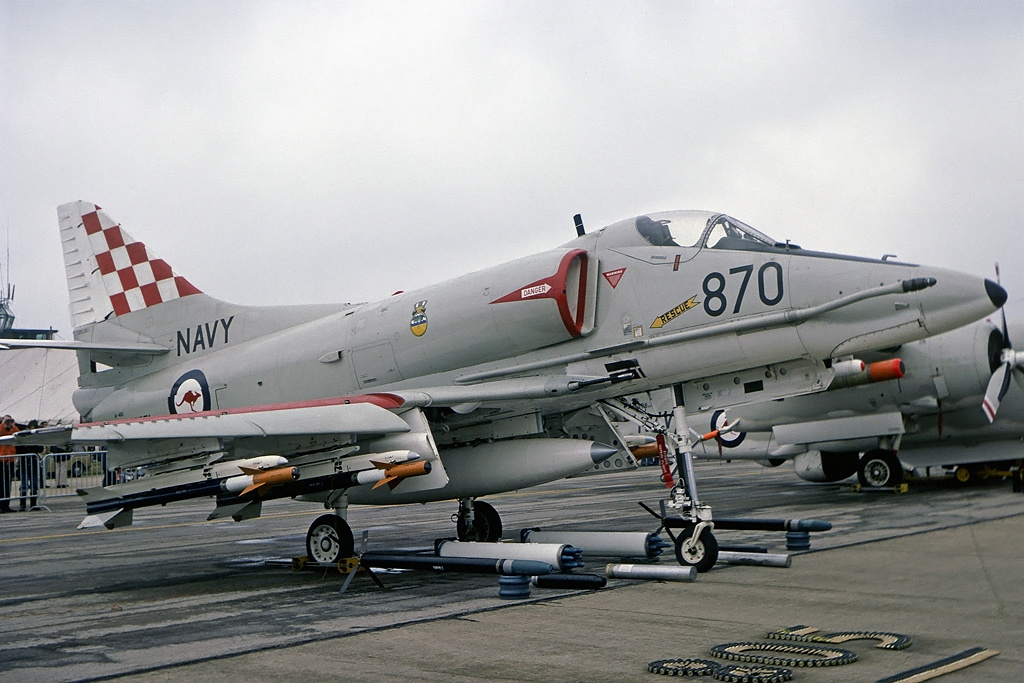Well on the plus side of all that's happening, the Darwin - Port Augusta railroad has a lot more strategic interest in it now.
Wouldn't mind some "Atoms for Peace" reactors being built either, desalination plants could be hooked up to them later...
Not to spoil anything, but yet another war on their doorstep will be making Australia look long and hard at acquiring a few cans of instant sunshine
Sweet, I have been waiting for this day to come.
The Atomic Energy Commission (AEC) and the very unknown Office of Saline Water (OSW) were pushing for "Nuclear Desalting" desalination plants throughout the 60s and 70s. With the standard light water reactors you could produce about 50 million gallons a day and a thousand megawatts per reactor. With a pair of very high temperature reactors it would be anywhere between 1 and 5
Billion gallons a day and around 5000 megawatts per reactor... The
"Bolsa Island Project" almost got built in the 60s, but the growing costs and the anti-nuke people killed it off...
Anyways, if anyone is bored today here are some fun documents to read.
1968 - Nuclear Power and Water Desalting Plants for Southwest United States and Northwest Mexico: A Preliminary Assessment
This where the high temp reactors come from, a plan to augment the Colorado River and eventually provide surplus water for land reclamation. The Billion gallon/day plant would have been conceivable by the 1980s, which is also when Australia built heaps of coal power plants.
1971 - AEC Desalination Program update
Small overview of technical progress on the "Dual Purpose" plants, also talks about economics of water production. The eventual goal was to get the price of desalted water down to ten cents an acre foot, where irrigated water cost anywhere from one to twenty five cents an acre foot. Nuclear desalted is conceived thermally and the product water has a parts per million (PPM) darn close to zero and actually needs minerals to be re-added for human consumption.

